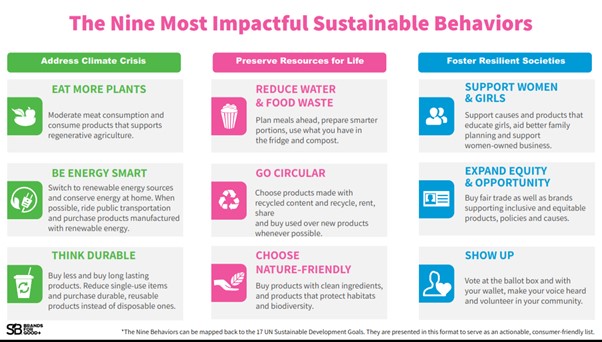nCa Commentary
First the textbook definition, and then the explanation in simplest terms.
Chaos Theory
According to the Encyclopedia Britannica, Chaos theory is an interdisciplinary area of scientific study and branch of mathematics. It focuses on underlying patterns and deterministic laws of dynamical systems that are highly sensitive to initial conditions. These were once thought to have completely random states of disorder and irregularities.
Chaos theory states that within the apparent randomness of chaotic complex systems, there are underlying patterns, interconnection, constant feedback loops, repetition, self-similarity, fractals and self-organization.
And, here is a simple definition of the Chaos Theory from ScienceDirect:
Chaos theory is concerned with unpredictable courses of events. The irregular and unpredictable time evolution of many nonlinear and complex linear systems has been named chaos.
An example from the University of Barishal (Bangladesh): The weather patterns are a perfect example of Chaos Theory. We can usually predict weather patterns pretty well when they are in the near future, but as time goes on, more factors influence the weather, and it becomes practically impossible to predict what will happen.
Butterfly Effect
In chaos theory, the butterfly effect is the sensitive dependence on initial conditions in which a small change in one state of a deterministic nonlinear system can result in large differences in a later state.
The term is closely associated with the work of mathematician and meteorologist Edward Norton Lorenz. He noted that the butterfly effect is derived from the metaphorical example of the details of a tornado (the exact time of formation, the exact path taken) being influenced by minor perturbations such as a distant butterfly flapping its wings several weeks earlier.
Lorenz originally used a seagull causing a storm but was persuaded to make it more poetic with the use of a butterfly and tornado by 1972. He discovered the effect when he observed runs of his weather model with initial condition data that were rounded in a seemingly inconsequential manner. He noted that the weather model would fail to reproduce the results of runs with the unrounded initial condition data. A very small change in initial conditions had created a significantly different outcome.
The butterfly effect concept has since been used outside the context of weather science as a broad term for any situation where a small change is supposed to be the cause of larger consequences.
The role of a sustainable individual in ecology and environment
A sustainable individual is someone who makes the choices today that will positively influence the planet tomorrow. It means thinking of the needs of future generations by ensuring that they will inherit a safe and healthy planet to live and thrive on.
The UNEP offers a similar definition: Sustainable living means understanding how our lifestyle choices impact the world around us and finding ways for everyone to live better and lighter. Applying a ‘people lens’ to sustainability is new, timely and opportunities are great.
If we understand the concept of sustainability, it would be easy to come up with the defining traits of a sustainable individual.
In 1987, the United Nations Brundtland Commission defined sustainability as “meeting the needs of the present without compromising the ability of future generations to meet their own needs.”
Here is an infographic from the KAO Salon Division:
It should be taken as a suggestion only. The Internet has many resources to get ideas for a sustainable lifestyle.
Actually, a sustainable individual would always make the common sense choices if the need for sustainability is embedded at the forefront of their mind.
This is the occasion to rejoice for all the sustainable individuals everywhere in the world because the Butterfly Effect dictates that their small actions today will contribute hugely to the global ecology and environment tomorrow. /// nCa, 17 July 2024

